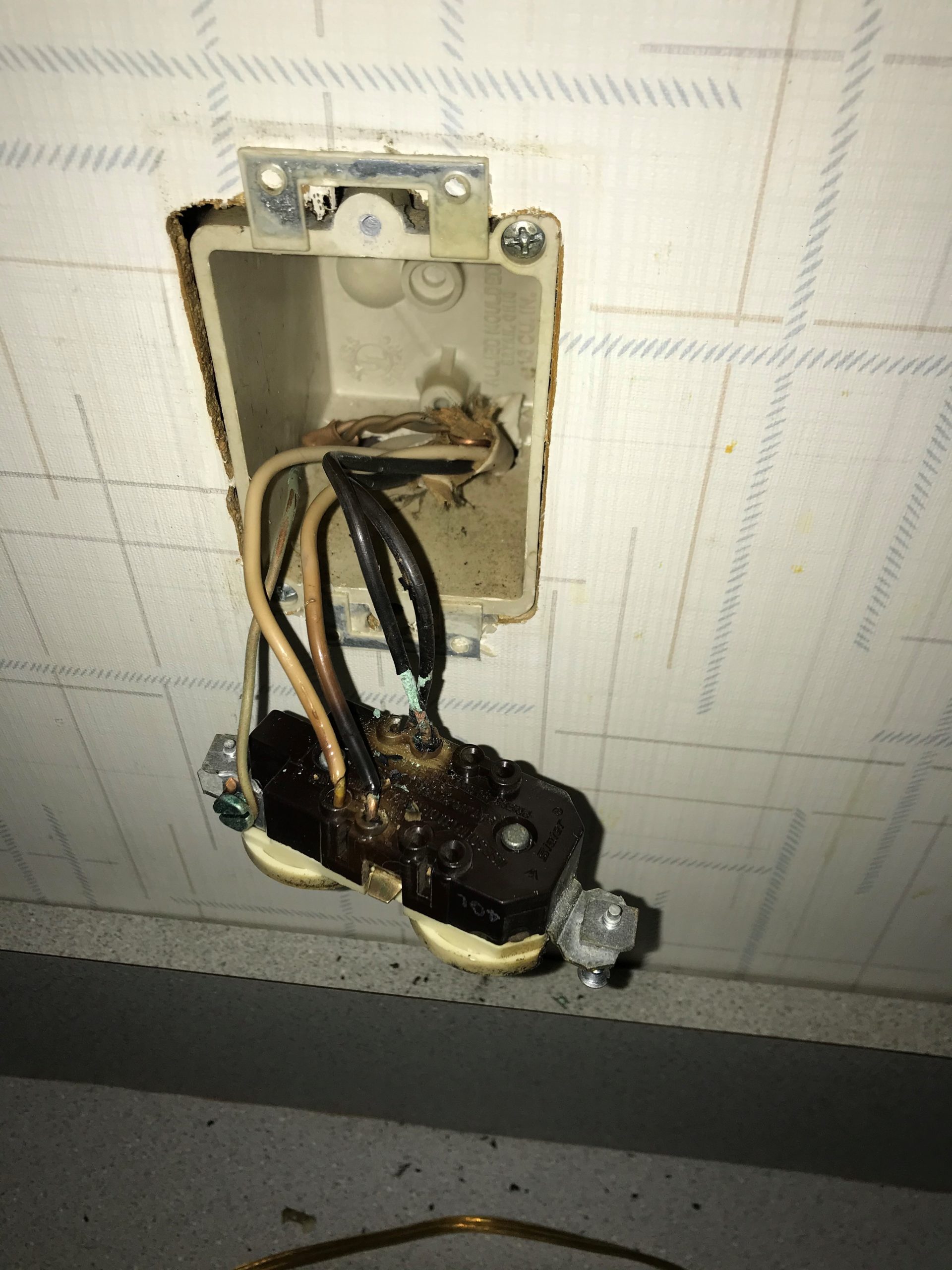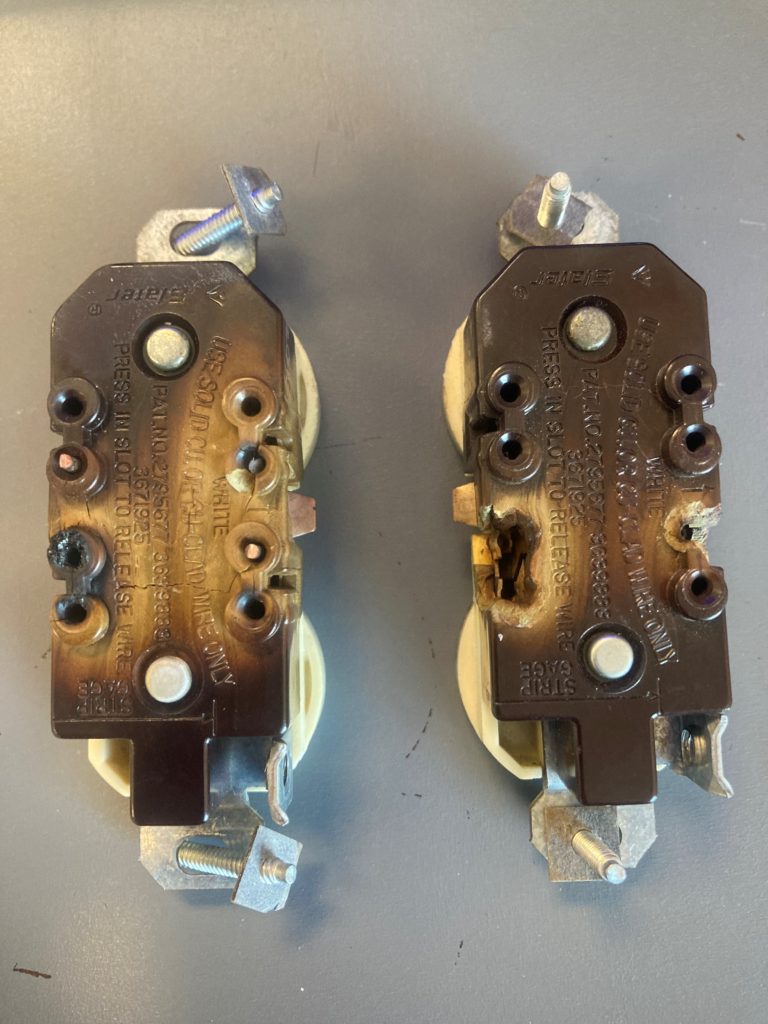I had a different topic on my GFCI journey, but ended up ordering several of these GFCI receptacles. One of them has replaced an indoor GFCI receptacle used outdoors, but most will go indoors. However, I intend on using the backwire connections rather than looping around the screw. It seems pretty secure. Apparently the backwire clamp can also work with stranded wire, but that’s not really an issue for me.
They seem to be designed for insertion above or below the screw. There’s lots of Romex lying around and I’ve been testing all sorts of ways to do this, along with maybe up stripping out the individual wires if I need to extend any short wire. I was thinking of just inserting a piece of wire in the otherwise unused slot so that the pressure on the plate is even. I tried populating one slot and then tightening it, and the screw seems to tilt in one direction, where the plate is somewhat askew.

This is what it looks like with the little bit of 14 gauge solid wire to even out the pressure. I don’t plan on using the load terminals (except maybe for this one fix where the dead GFCI has a load). But when tightened without any wire, it seems to warp the pressure plate down the center.

I suppose I’m overthinking this, but I was concerned when the screw seemed to tilt like it might cross-thread. Cross-threading was my main concern.
They seem to be designed for insertion above or below the screw. There’s lots of Romex lying around and I’ve been testing all sorts of ways to do this, along with maybe up stripping out the individual wires if I need to extend any short wire. I was thinking of just inserting a piece of wire in the otherwise unused slot so that the pressure on the plate is even. I tried populating one slot and then tightening it, and the screw seems to tilt in one direction, where the plate is somewhat askew.
This is what it looks like with the little bit of 14 gauge solid wire to even out the pressure. I don’t plan on using the load terminals (except maybe for this one fix where the dead GFCI has a load). But when tightened without any wire, it seems to warp the pressure plate down the center.
I suppose I’m overthinking this, but I was concerned when the screw seemed to tilt like it might cross-thread. Cross-threading was my main concern.






